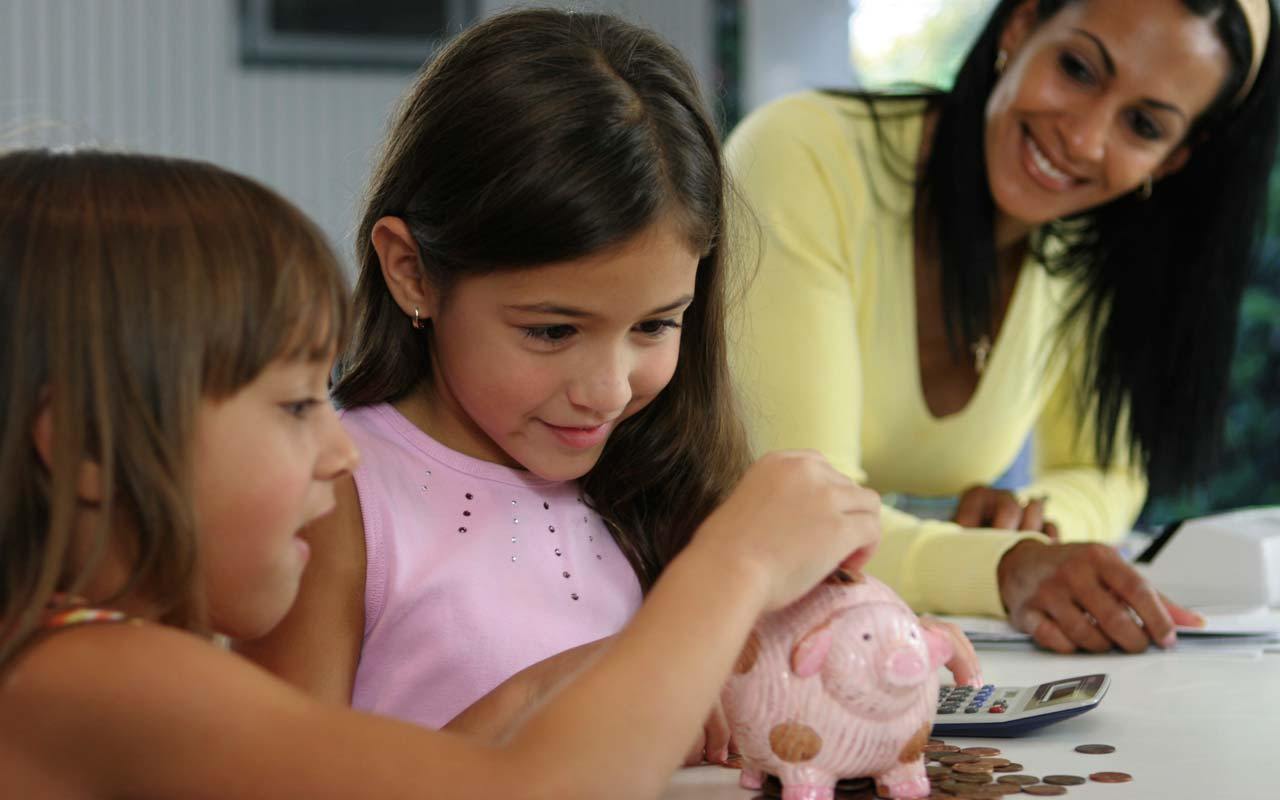Time and again we all have encountered the feeling we first time entered the swimming pool, ran in a race, had our first pet, got onto the giant wheel and many more. We were anxious but we were excited too. There is a difference between being excited to try new things and being constantly anxious about the same.
In this constantly changing environment, the future is going to be even more stressful than the present. Changes are overwhelming for the children and the situations with COVID19 has worsened the effects. Too many kids show worrying signs of fragility from a very young age. Teaching and understand what’s best for our child is very important. Put up your child’s mental health safety guard as you do for protecting them against any physical harm.
Common Childhood Anxiety:
There are a number of things that normally cause worry and anxiety for children of different ages. New situations, challenging tasks, and even unfamiliar people can lead to fear and anxiety in children from time to time. Other age-appropriate fears include:
-
Separation from caregivers(infants& toddlers)
-
Stranger anxiety beginning at 7 to 9 months of age and resolving around age 3
-
Fear of the dark, monsters, insects, and animals in pre-schoolers
-
Worried about their homework, assignments and submission primary level
-
Fear of thundering sounds, heights or storms in younger school-age children
-
Worry about school and friends in older school-age children and teens
-
Performance anxiety
These childhood fears are normal and typically lessen on their own as a child grows older. "A child encounters a new situation and they need some time to learn about it, to work with it and get used to it".
Be Alert (Anxiety Symptoms):
As a Clinical Psychologist there are two red flags to watch for “avoidance and extreme distress” When a child does not outgrow the fears and worries or they interfere with school, home, or play activities, you need to seek advice from the experts. Examples of different types of anxiety disorders include
-
Being very afraid when away from parents (separation anxiety)
-
Having extreme fear about a specific thing or situation, such as dogs, insects, or going to the doctor (phobias)
-
Being very afraid of school and other places where there are people (social anxiety)
-
Being very worried about the future and about bad things happening, a constant state of worry is always there (general anxiety)
-
Having repeated episodes of sudden, unexpected, intense fear that come with symptoms like sweating in hands, visiting washroom to pass a stool but cannot, dry mouth, heart-pounding, having trouble breathing, or feeling dizzy (panic attack)
Anxiety may present as fear or worry, but can also make children irritable and angry. Anxiety symptoms can also include trouble sleeping, sitting in one place, as well as physical symptoms like fatigue, headaches, or stomach aches. Some anxious children keep their worries to themselves and, thus, the symptoms can be missed.
Look For Behavioural Signs:
-
finding it hard to concentrate on their hobbies
-
not sleeping, or waking in the night with bad dreams
-
rapid changes in their moods and eating patterns
-
shows inferiority or low confidence
-
quickly getting angry or irritable, and being out of control during outbursts
-
reactions are missing (no signs of happiness on going out or vice versa)
-
feeling tense and fidgety, or using the toilet often
-
being clingy/crying/oversleeping
-
avoiding any situation by displaying physical symptoms (unwellness)
Helping Hands- What You Can Do To Make Them Feel Better:
-
Make them involved in physical movements, games, exercise
-
Sit and let them do any artwork, doodling, colouring
-
Ask them to write about their feelings and emotion or record what it feels like
-
Identify the source of anxiousness (height, performance, strangers, etc)
-
Attack Techniques – give them ways to fight their battles
-
Draw a map and explain to them who is causing them the trouble
-
Teach them ways to distract themselves when they fear or worry
-
Accept their imperfections with constant reassurance
Supporting Hands- Here's Whom You Should Reach Out To:
-
Cognitive Behavioural Therapist
-
Counselling Psychologist / Clinical Psychologist
-
Paediatrician for guidance
-
Early Childhood Interventionist




















